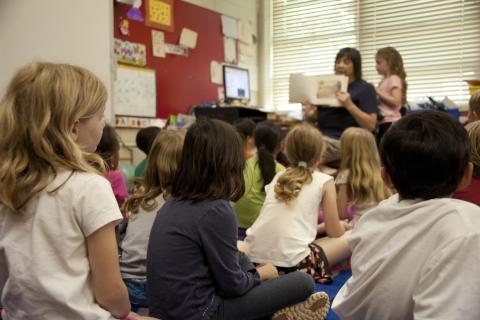This is an Embedded Researcher project; click here to find out more about the scheme and a summary of the projects.
This project aims to develop risk-informed resilience of school building stock and optimise the opportunities from a transition to a low carbon future. It will characterise, quantify and communicate climate-related asset management risks by developing equitable adaptation pathways to rising heat stress under climate change.
Background
The UK national government has committed to a Net Zero Carbon Britain by 2050. To achieve this, the UK needs to assess the winter and summer energy demands of its school building stock. Additionally, it will need to prepare for the risk of overheating in schools as the UK’s climate warms.
This project will add to the risk assessment quantification and mapping work already being carried out by the Department of Education, the Environment Agency and the Government Actuaries Department. The combined knowledge will be used to inform policy and investment decisions as the Department for Education prepares to make the UK’s schools stock more resilient to future climates.
Partnership
This project will partner Daniel Godoy Shimizu from University College London with the Department for Education.
Aims
The project intends to:
- Process and analyse energy and building attributes data for all 22,000 primary and secondary schools in the UK to produce a fully featured and consistent set of input data for a disaggregate school building stock model.
- Apply established building physics modelling methods to develop a school building stock model able to predict future overheating risks in schools under a range of future climate change scenarios, low carbon building designs, and operational strategies in the current and future climate.
- Identify the optimum pathways for increasing climate resilience of the school building stock through policy and practice.
- Examine opportunities for extending the climate change risk model to other sectors of the non-domestic stock.
Image: Unsplash

